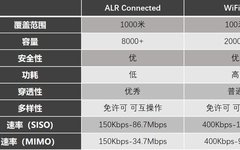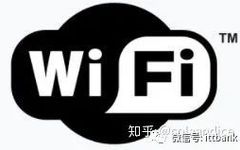Research and Standards Interpretation of LoRa Technology
Author Introduction: Tony, a teacher at Chongqing University of Posts and Telecommunications, has participated in the development of TSM, GSM, TD-SCDMA, and LTE basebands. He was previously the group leader of the system engineering team for the LTE baseband chip development project. Currently, he focuses on LTE-Advanced PRO and 5G technology research, with a particular … Read more





